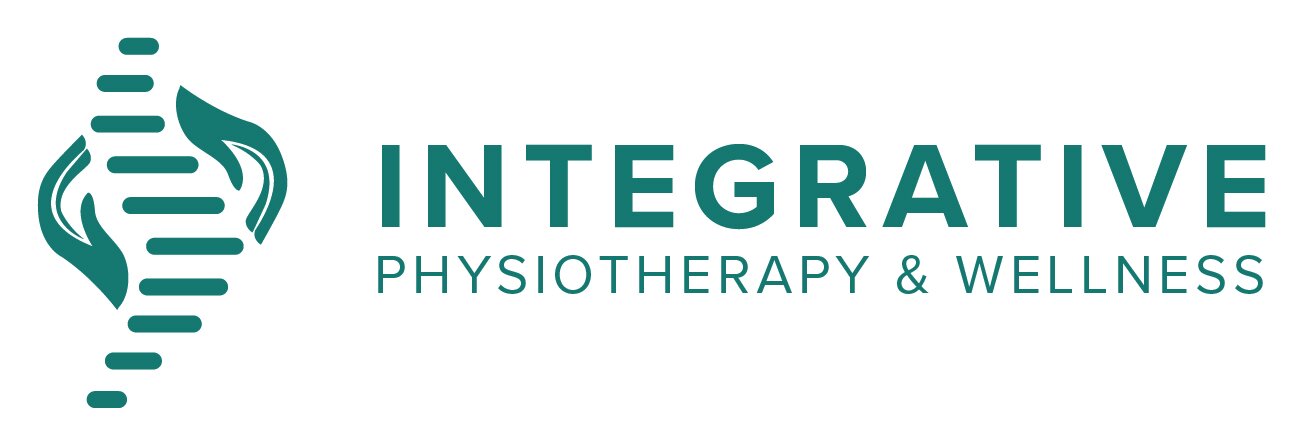
Headache Definition
Headache Treatment in Barrie, On.
A headache is defined as pain or discomfort in the head, scalp, or neck. It can vary in intensity, duration, and location and may be caused by a wide range of factors, including stress, muscle tension, medical conditions, or environmental triggers.
Headaches are typically classified into primary headaches (such as tension headaches, migraines, and cluster headaches) and secondary headaches, which are symptoms of an underlying condition, like a sinus infection, concussion, or neck injury.
Types of Headaches Physio’s Treat
Headaches: Physiotherapy Can Help With
Physiotherapists are skilled in treating various types of headaches that arise from musculoskeletal and postural issues. Below is a breakdown of the most common types of headaches that can benefit from physiotherapy, along with details on treatment approaches.
1. Tension Headaches
What they are:
Tension headaches are the most common type, often caused by muscle tightness in the neck, shoulders, and scalp, frequently due to poor posture, stress, or long periods of sitting or working on a computer. These headaches present as a dull, aching pain around the head, often described as a tight band around the forehead or temples.
How physiotherapy helps:
Physiotherapy can relieve muscle tension and improve posture to alleviate tension headaches. Treatment includes:
Soft tissue release: Massage techniques to relax tight muscles and reduce tension.
Hold-relax stretching: A stretching method where muscles are contracted and then stretched to improve flexibility.
Acupuncture/dry needling: Techniques to target trigger points and reduce muscle tension.
Postural exercises: Correcting posture and strengthening specific muscles to prevent future headaches.
2. Cervicogenic Headaches
What they are:
Cervicogenic headaches originate from dysfunction in the neck, such as muscle tension, joint problems, or disc issues. These headaches typically present as pain that begins in the neck and radiates toward the front of the head, often worsened by neck movement or sustained positions.
How physiotherapy helps:
Treatment focuses on resolving the underlying neck issues that cause these headaches:
Manual therapy: Joint mobilizations and manipulations reduce stiffness and restore movement.
Strengthening and stretching exercises: To improve muscle balance and prevent future headaches.
Postural education: Techniques to improve posture and reduce neck strain.
3. Post-Concussion Headaches
What they are:
Post-concussion headaches occur after a head injury and are part of post-concussion syndrome. These headaches can vary in intensity and may be accompanied by symptoms such as dizziness, nausea, and light sensitivity.
How physiotherapy helps:
Post-concussion headache treatment is multi-faceted:
Manual therapy: Reducing tension in the neck and upper back, which may help relieve headache symptoms.
Exercise programs: Improving balance, reducing dizziness, and gradually reintroducing activity.
Pacing strategies: Educating patients on managing activities to avoid triggering symptoms.
4. Migraines
What they are:
Migraines are severe, throbbing headaches that may last for hours or days, often accompanied by nausea and sensitivity to light or sound. While migraines are neurologically driven, they can be triggered or worsened by musculoskeletal issues like neck stiffness and poor posture.
How physiotherapy helps:
Physiotherapy can reduce the frequency and severity of migraines by addressing physical triggers:
Manual therapy for the neck and upper spine: Improving mobility and relieving tension.
Exercise therapy: Correcting posture and strengthening supporting muscles.
Relaxation techniques: Managing stress, a common migraine trigger.
References:
The role of manual therapy and exercise in treating tension-type headaches: Fernández-de-Las-Peñas, C., et al. (2012). Management of Tension-Type Headache: A Literature Review. Physical Therapy Reviews.
Cervicogenic headaches and manual therapy: Bogduk, N. (2009). Cervicogenic Headache: Anatomic Basis and Therapeutic Approaches. Current Pain and Headache Reports.
Post-concussion headaches and physiotherapy: Silverberg, N.D., & Iverson, G.L. (2013). Physiotherapy for Concussion: A Literature Review. British Journal of Sports Medicine.
Migraine management with physiotherapy: Biondi, D.M. (2005). Physical Treatments for Headache: A Structured Review. Headache: The Journal of Head and Face Pain.
If you have questions or would like to explore treatment options with a physiotherapist, we offer a free phone consultation. Visit our "Book Now" page to view available appointments.
Written By:
Preya Ramdass, PT. B.M.R. (PT), Dip. Manip. (PT), FCAMPT, CIDN
Registered Physiotherapist & Clinic Owner, Acupuncture & Dry Needling Provider, Clinical Pilates Instructor, and Bone-Fit Trained
Integrative Physiotherapy is a clinic in Barrie that takes a patient-centered approach, offering personalized, one-on-one care with a focus on hands-on (manual) therapy. Our mission is to empower patients by delivering high-quality, tailored treatments in a friendly and engaging environment. We use the most effective treatment techniques to ensure every patient feels supported, motivated, and cared for.
Our therapists are dedicated to ongoing skill development, providing thorough assessments and individualized treatments without the use of assistants or double-booking. This ensures you receive focused attention to reach your functional and sports goals as efficiently as possible.
We're here to help you achieve your goals! Contact us today to book an appointment—don’t let pain hold you back!


